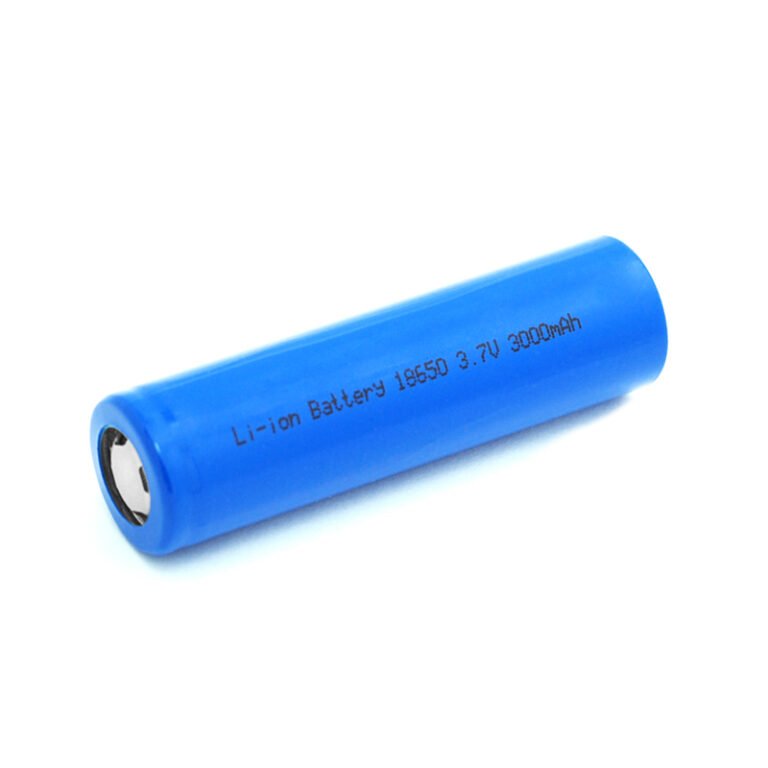18650 battery packs are used in a variety of applications, from small portable devices to large scale energy storage systems. The calculation of an 18650 battery pack requires consideration of several factors, including the desired voltage and capacity, the number of cells in the pack, and the configuration of the cells.
To begin the calculation, the desired voltage and capacity of the battery pack must be determined. The voltage is typically expressed in volts (V), while the capacity is measured in ampere-hours (Ah). The voltage and capacity are often determined by the requirements of the device or system in which the battery pack will be used.
Once the desired voltage and capacity are determined, the number of cells in the battery pack can be calculated. Each 18650 cell has a nominal voltage of 3.6V to 3.7V and a capacity of typically 2000mAh to 3500mAh. To calculate the number of cells required, the desired voltage is divided by the nominal voltage of each cell, and the capacity is multiplied by the number of cells to achieve the desired capacity.
For example, if a 12 volt battery pack with a capacity of 10Ah is desired, the calculation would be as follows:
Number of cells = (Desired voltage) / (Nominal voltage of each cell)
Number of cells = 12 V / 3.6 V
Number of cells = 3.33, which can be rounded up to 4 cells.
Total capacity of the battery pack = (Capacity of each cell) x (Number of cells)
Total capacity of the battery pack = 2500 mAh x 4
Total capacity of the battery pack = 10000 mAh or 10 Ah
After determining the number of cells required for the battery pack, the configuration of the cells must be decided. The two most common configurations for 18650 battery packs are series and parallel.
At series configuration, 18650 battery cells are connected end to end, connect positive terminal of one cell to negative terminal of another cell. It increases the voltage of the battery pack while maintaining the same capacity. For example, if four cells are connected in series, the voltage of the battery pack would be 14.4V to 14.8V(4 x 3.6V to 3.7V), while the capacity would remain the same.
At parallel configuration, 18650 battery cells are connected side by side, connect all positive terminal together, and connect negative terminals all together. It increases the capacity of the battery pack while maintaining the same voltage. For example, if four cells are connected in parallel, the capacity of the battery pack would be 8000mAh to 14000mAh (4 x 2000mAh to 3500mAh), while the voltage would remain the same.
Once the configuration is decided, the cells must be connected using spot welding or soldering to create the desired configuration. The battery pack must also be protected using a battery management system (BMS) to prevent overcharging, over-discharging, and overheating.
In conclusion, calculating an 18650 battery pack requires consideration of several factors, including the desired voltage and capacity, the number of cells required, and the configuration of the cells. By carefully selecting and connecting the cells in the desired configuration and protecting the battery pack with a BMS, an 18650 battery pack can be created to meet the specific needs of a wide range of devices and systems.
Related Battery
- Rechargeable Lithium Ion Battery 18650 Pack 3S 11.1V Solar LED Street Light 10000mAh 10Ah 20Ah
- Li-ion Rechargeable Lithium Ion Batteries Pack Low Resistance 18650 7.4V 2S2P 5000mAh 6000mAh for Medical Equipment LED Lamp
- Battery Pack Li-ion Rechargeable 3S2P 18650 Cylindrical 11.1V 5000mAh 5200mAh Secondary for LED Light Medical Instrument
- 18650 Liion Battery Pack 36V 48V 14Ah 17.5Ah 21Ah Electric Bicycle Dorado Case






